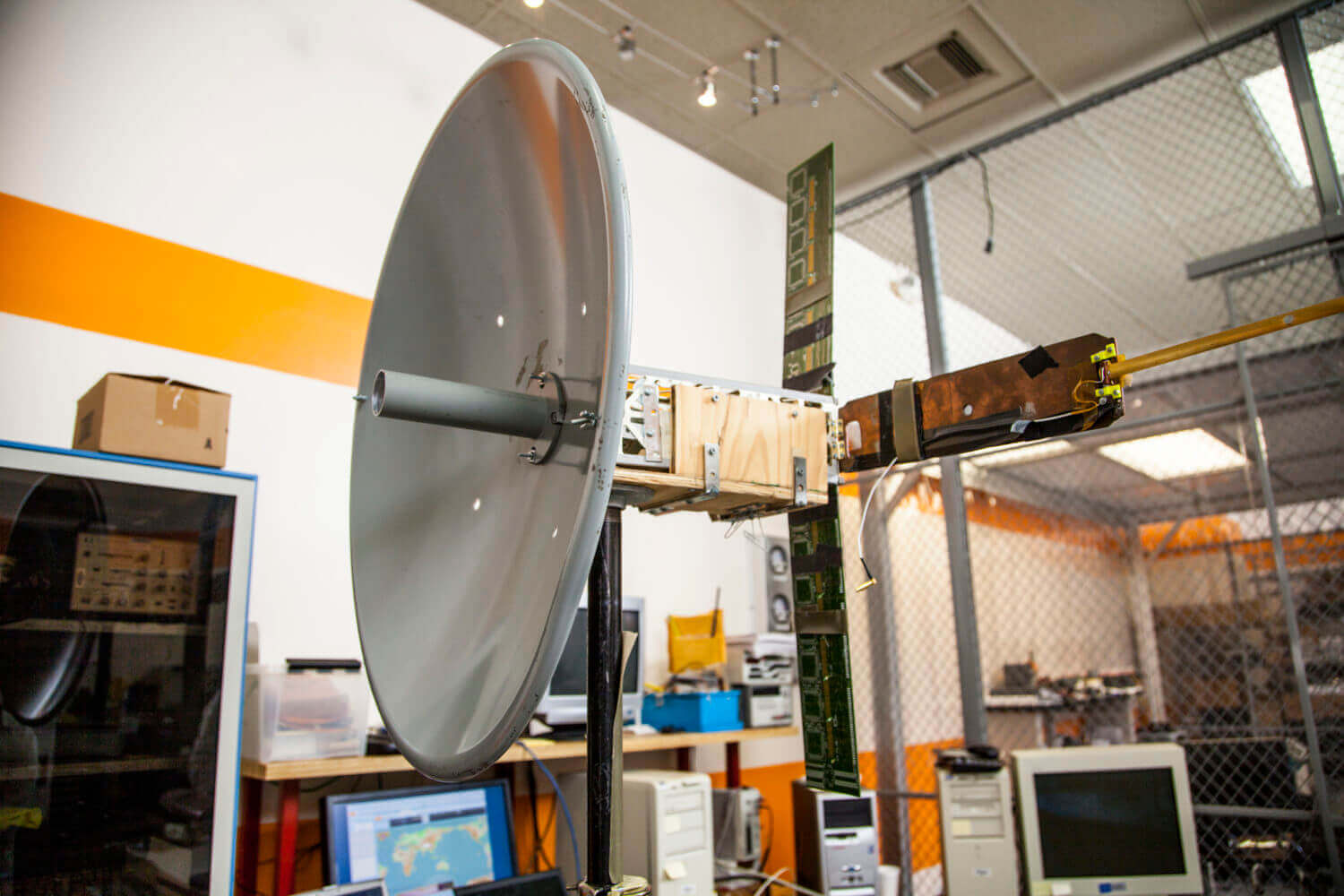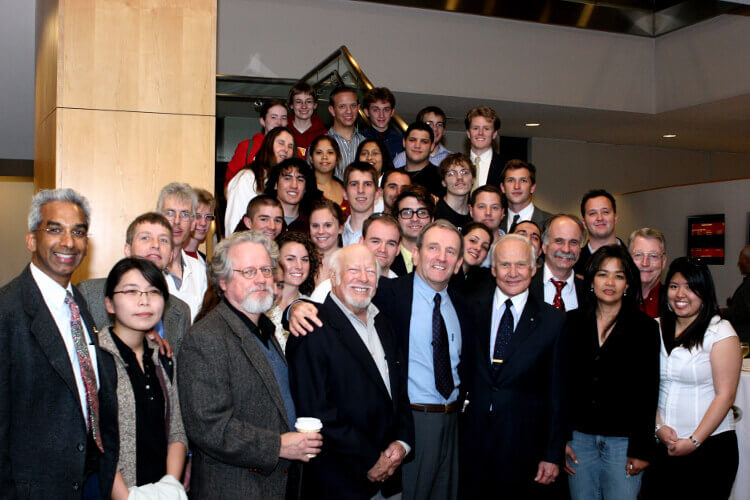About
Letter from the Chair
Space affects government, business and culture. Many countries project military power, commercial interests and national image through space missions. The Department of Astronautical Engineering (ASTE) in the USC Viterbi School of Engineering focuses on meeting the educational needs of the space industry, spacecraft operators, and government space research and development centers. The program offers the full set of degrees in Astronautical Engineering.
Since its founding in 2004, numerous students received their Bachelor of Science degrees and achieved their PhDs. The department's flagship Master of Science program also reaches students nationally as well as in Canada and stationed at military installations across the globe through distance education. In 2018, ASTE reached a milestone, awarding more than 500 Master of Science degrees since its inception.
In addition to participation in faculty-led research projects, ASTE undergraduate and graduate students are given the opportunity for hands on learning and research in the Rocket Propulsion (highlighted below) and Liquid Propulsion Labs and developing space technology at the Space Engineering Research Center (SERC).
Commercial space companies already dominate activities in space. Recent entrepreneurial initiatives point to its spectacular growth in the future and traditional NASA programs continue to advance space science. Human spaceflight will also expand beyond low earth orbit as the United States soon formulates its long-term space exploration strategy. National security will continue to rely on indispensable capabilities of space systems for country defenses in a turbulent world.
Our unique department provides space engineering students with the knowledge and training necessary for exciting technical careers and leadership positions in the American space enterprise.
Ad Astra!
Dan Erwin, Department Chair
What is Astronautics?
Astronautics is the art or science of designing, building, and operating space vehicles (satellites, probes, and manned spaceships) for space exploration and applications. Astronautics includes space mission design; spacecraft design and space operations; rocket vehicle design; rocket propulsion; orbital mechanics; spacecraft dynamics and control; space navigation; space science; space environment; space instrumentation and sensors; and numerous other areas of space technology.
Astronautics provides the foundation for space exploration and national security and civilian applications such as space science missions; missions to the Moon and planets; manned space-flight; satellite communications; direct television broadcasting; global positioning and navigation systems; weather monitoring; space imaging; remote sensing; space reconnaissance; early detection of ballistic missile launches; verification of non-proliferation treaties; missile defense systems; and many others.



About ASTE
The Department of Astronautical Engineering (ASTE) is an academic unit of the Viterbi School of Engineering at USC. ASTE operates as an independent department and offers degree programs (Bachelor of Science, Bachelor of Science Minor, Master of Science, Engineer, Ph.D., Graduate Certificate) in astronautical engineering.
ASTE concentrates on meeting the educational and research needs of the space and defense industries, government research and development centers, and academia.
In order to position the USC Viterbi School of Engineering to take full advantage of rapidly growing opportunities in space, I am today announcing the creation of a new Astronautics and Space Technology Division. ... Space technology and astronautics has recently re-emerged as an important sector of economic and engineering activity not only in the Southern California economy but also in the nation as a whole. Both national security applications and space exploration are driving this resurgence. However, recent congressional studies have warned of a looming shortage of engineers in this area.
The History of ASTE
ASTE originated within the Department of Aerospace Engineering at the University of Southern California under the name Hypersonics and High-energy Flows Program (sometimes called Nonequlibrium Phenomena Group or Gas Physics Group). It consisted of a broad range of research interests such as hypersonic and supersonic flows, advanced spacecraft propulsion, space exploration, processes in the heliosphere and planetary magnetospheres, atomic and molecular interactions, transport of radiation, plasma and material processing, kinetic theory of gases and plasmas, environmental studies, and statistical physics.
The faculty members that originated the Hypersonics and High-energy Flows Program in 1986 were:
- H. K. Cheng, Ph.D., Member of the National Academy of Engineering, Fellow of American Physical Society, Fellow of American Institute of Aeronautics and Astronautics.
- Daniel A. Erwin, Ph.D.
- Joseph A. Kunc, Ph.D., Fellow of American Physical Society
- E. Phillip Muntz, Ph.D., Member of the National Academy of Engineering, Fellow of American Physical Society, Fellow of American Institute of Aeronautics and Astronautics
Three more faculty joined the program within the next ten years:
- Mike Gruntman, Ph.D.
- Harold Mirels, Ph.D. Member of the National Academy of Engineering, Fellow of American Physical Society, Fellow of American Institute of Aeronautics and Astronautics.
- Donald E. Shemansky, Ph.D. (NASA Medallist for Exceptional Scientific Achievement)
ASTE was originally named the Astronautics and Space Technology Program in 1996 when the program became a distinct specialization in the Aerospace Engineering Department. Since 2004, all activities of the Program have been organized as an independent academic unit now called the Department of Astronautical Engineering.



